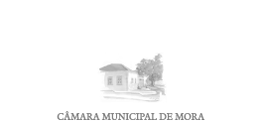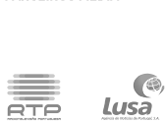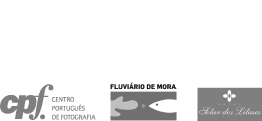36 years after the April revolution, Alentejo is no longer the laboratory of what was known as the “ongoing revolutionary process” (PREC). By the end of the 70s and early 80s and for a brief moment, the region ceased to be the land of large estate landowners and started to be controlled by those formerly subjected to the finance and property elites – a new window of hope was wide open.
My project’s proposal for Estação Imagem Grant 2010 is to document a comparison between the revolutionary ideals - the formation of cooperatives, unions, rural reform, all forms of political and collective organisation born out of the Bolshevik revolution and the aim of international communism – and the current economic reality of the region which is largely focused on mine and cork industry, and agriculture.
I want to return to historical places, such as Baleizão and Minas de Aljustrel among others, to photograph the local reality of the 21st century and compare it to the places and people who took part in the recent history of the country – at the same time, the comparison can also reveal the silent transformation that has been unfolding across this territory.
As shown in my portfolio, my idea is then to photograph industrial plants, crop fields, and rural cooperatives, in order to understand how these are working and which of these actually outlived the PREC period. Other aims are to show the life circumstances and broader context of the active socio-economic actors in the region; and to bring insights about what are the forms of politicisation and social action among the new generations in today’s society in Alentejo.
The field execution of the project is planned to be developed in the Évora and Beja regions, as well as in Baleizão and Aljustrel Mines, throughout the Summer and Autumn of 2010 – the period coincides with the most active time in the region in terms of economic activities and social life.
João Carvalho Pina
April 2010


